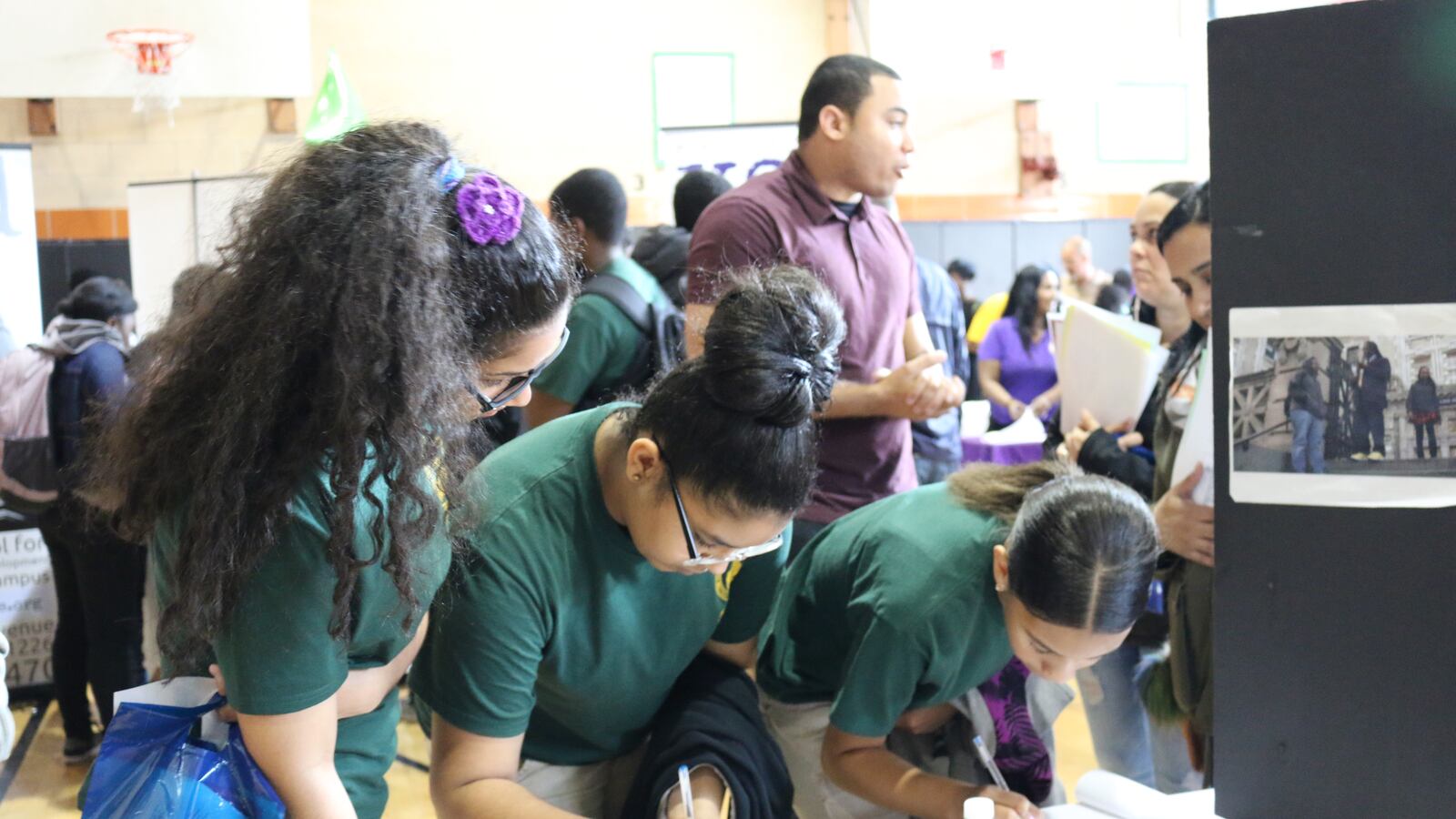Parents across New York City have pushed for changes in the way selective middle schools pick their students, saying the process is unfair.
Now, a group of Manhattan parents has come up with a novel solution: Stop looking at students’ attendance records.
The parent council in District 2 — where about 70 percent of middle schools admit students based on their academic records — points to research showing that students from low-income families are far more likely to miss school. Those children are at a distinct disadvantage in the competition for the district’s top middle school seats, the council argues, even though factors beyond the control of any fourth-grader — especially family homelessness — often account for poor attendance and tardiness.
“This outsized focus on attendance disproportionately impacts students who don’t have secure housing and may not have secure healthcare, and that is troubling to me,” said Eric Goldberg, a member of the community education council in District 2, which includes stretches of Lower Manhattan and the Upper East Side. “There are many factors that should not impact a student’s educational opportunities — and the way the system is set up, it does.”
Eighteen of the district’s 24 middle schools are “screened,” meaning they rank applicants based on factors including test scores, grades, and interviews. Of those, all but one school also considers how often students were late or absent in fourth grade, according to the parent council.
Most of the schools assign points to each factor they consider. Some give absences 10 times more weight than science or social studies grades, the council found, while others penalize students for even a single absence or instance of tardiness.
Disadvantaged students are especially likely to miss school.
A recent report by the city’s Independent Budget Office found that homeless students are more likely than other students to be chronically absent — typically defined as missing about 10 percent of the school year.
Schools with the highest chronic absenteeism are in communities in “deep poverty,” which have the highest rates of unemployment and family involvement with the child-welfare system, according to a 2014 report by the New School at the Center for New York City Affairs.
“We can use chronic absenteeism as a good guess of all the other things kids are dealing with,” said Nicole Mader, a senior research fellow at the New School and a co-author of the report. “If these middle schools are using absenteeism to weed kids out, that means they’re going to automatically weed out those kids who have the most barriers to academic success already.”
The attendance requirement can put pressure on any family, regardless of their financial status or housing situation.
Banghee Chi, a parent of two children in District 2, said she sometimes sent her younger daughter to school with a fever when she was in fourth grade rather than have her marked absent.
Her daughter would show up to class only to be sent to the school’s health clinic — which would call Chi to pick her up. Chi was thinking ahead to middle school, when a missed day of class could hurt her chances of getting into the most sought-after schools.
“It was something I was really conscious and aware of during my child’s fourth-grade year,” she said. “I think it’s unfair.”
The education council’s resolution, which will be put to vote in December, is nonbinding because middle schools set their own admissions criteria. But a show of support from parents could lead to action from the education department, which has been prodded by integration advocates to make other changes in high school and middle school admissions.
This summer, the department announced it would end the practice of “revealed rankings,” which allowed middle schools to select only those students who listed them first or second on their applications. The city is also appointing a committee of parents, educators, and community leaders in Brooklyn’s District 15 to come up with a proposal for making that district’s middle school applications process more fair.
“We’re collaborating with communities across the city to make school admissions more equitable and inclusive, including in District 2,” said department spokesman Will Mantell in an email. The department looks forward “to further conversations about this resolution and other efforts to improve middle school admissions in District 2.”

